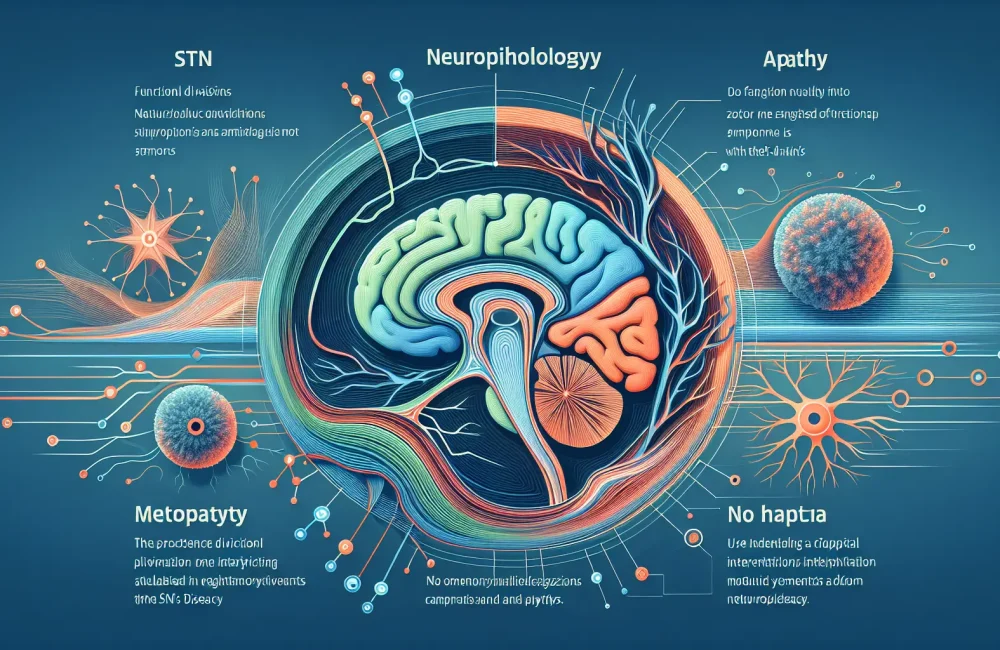By CAFMI AI From npj Parkinson’s Disease (Open Access)
Creativity Changes in Parkinson’s Disease
Recent research highlights a fascinating aspect of Parkinson’s disease (PD) that goes beyond its well-known motor symptoms — changes in creativity. A large-scale survey involving 2000 individuals with PD explored whether patients experience shifts in creativity, including both artistic and everyday creative activities. Findings revealed that about 30% of respondents reported an increase in creativity, engaging more in visual arts, music, or crafts, while 20% noticed a decline. The remaining 50% saw no change. These creativity changes are significant because they reflect the complex effects of PD on the brain, especially areas influenced by dopamine, a key neurotransmitter affected in the disease.
Influence of Medication and Brain Changes
The study found that increased creativity was more common among patients using dopamine agonists compared to those who were not. Dopamine replacement therapy, a mainstay in PD management, appears to stimulate creative output in some patients by altering brain function. Participants described changes such as increased inspiration, new ideas, and more impulsive creative expressions. However, the experiences varied widely, with some patients noting decreased creativity or no change at all, highlighting the individualized effects of PD and its treatments on cognitive and behavioral functions.
Clinical Implications for Primary Care
Primary care physicians should recognize that creativity changes can be part of Parkinson’s disease manifestations and treatment responses. These changes can impact patients’ quality of life in both positive and negative ways, influencing mood, social interactions, and daily activities. Awareness of this phenomenon can improve patient communication and holistic management. Further research is needed to clarify the neurological mechanisms behind these creativity shifts, but current evidence suggests that creativity changes are a relevant and meaningful aspect of PD care that clinicians should consider.
Read The Original Publication Here






